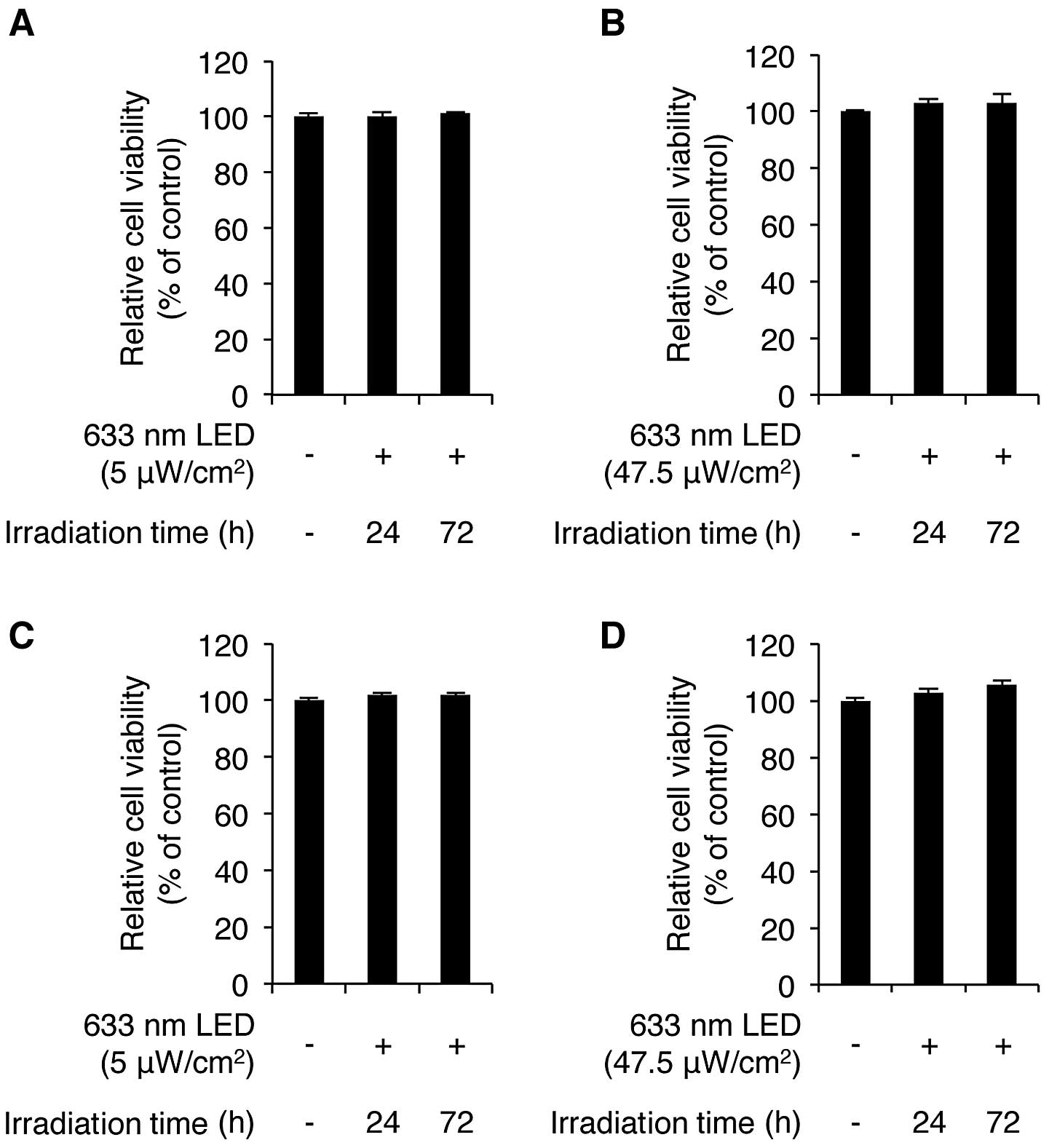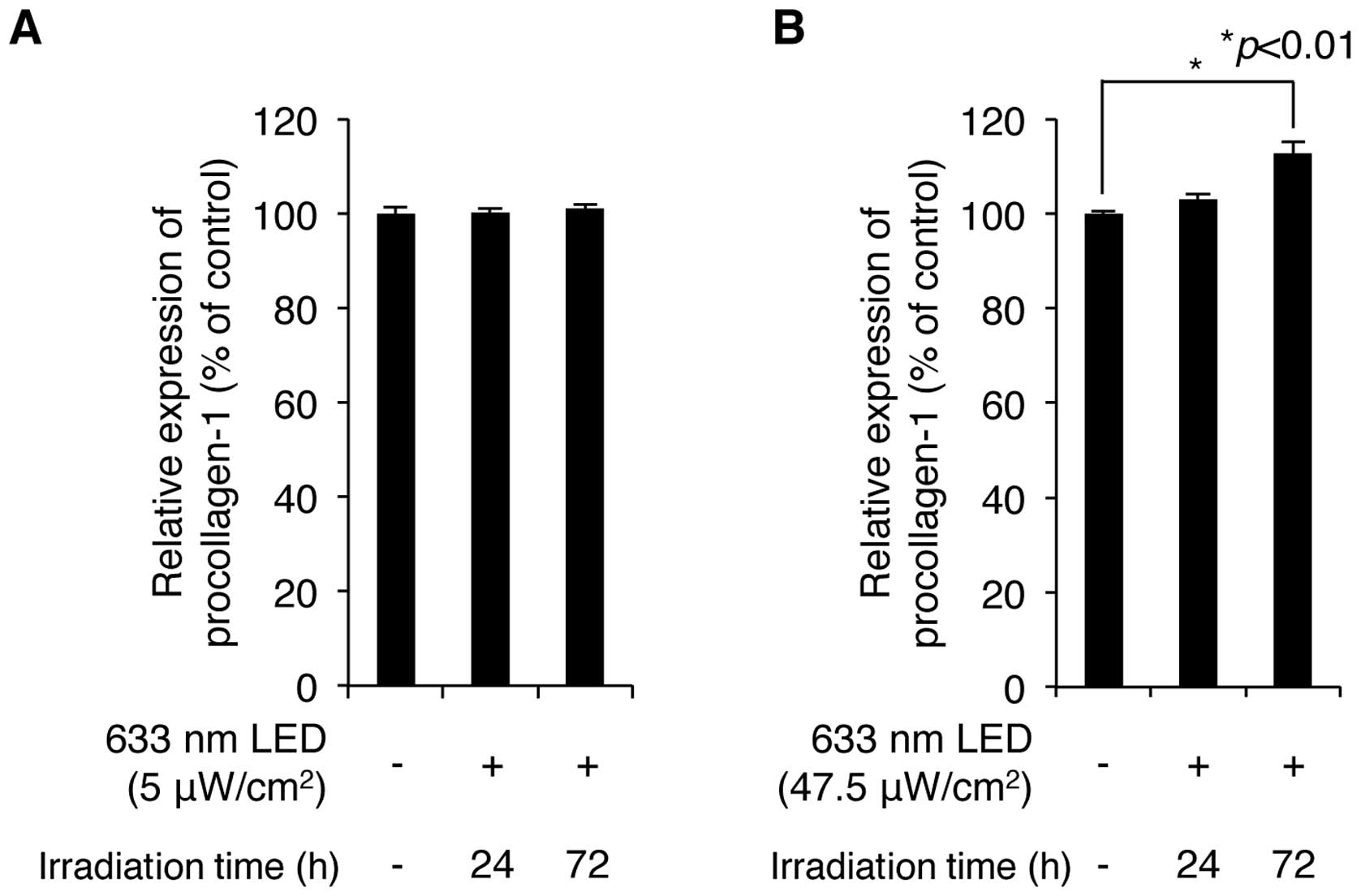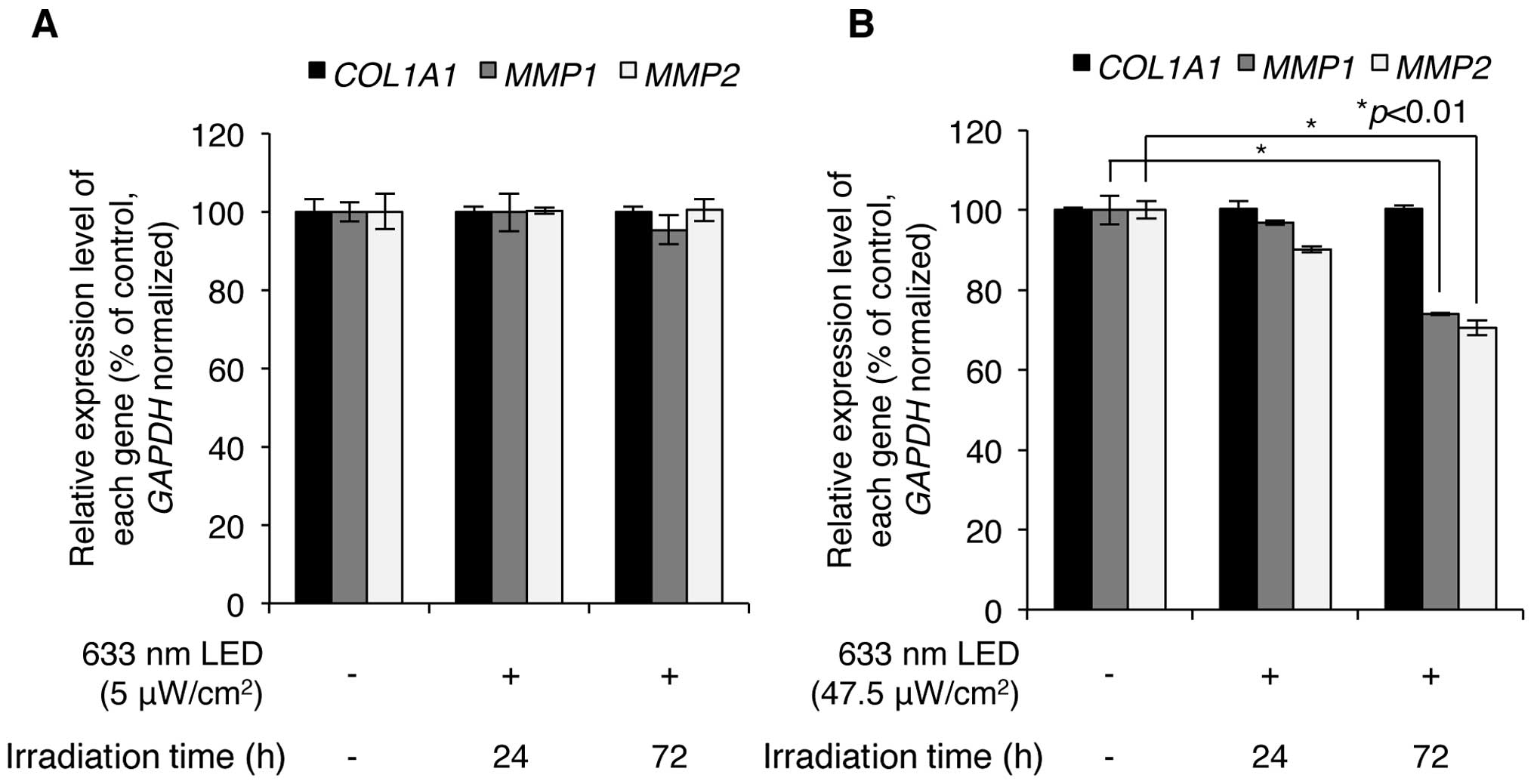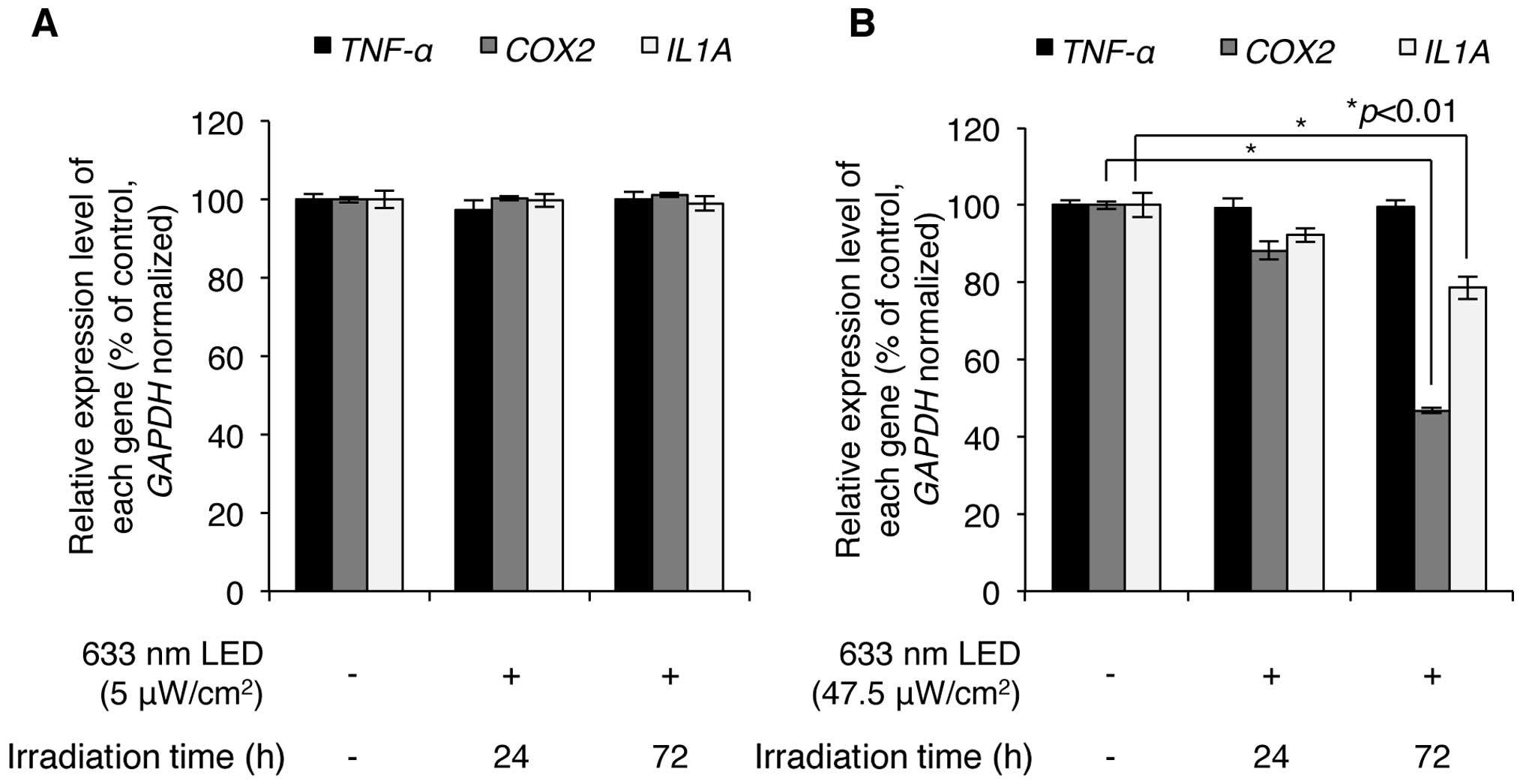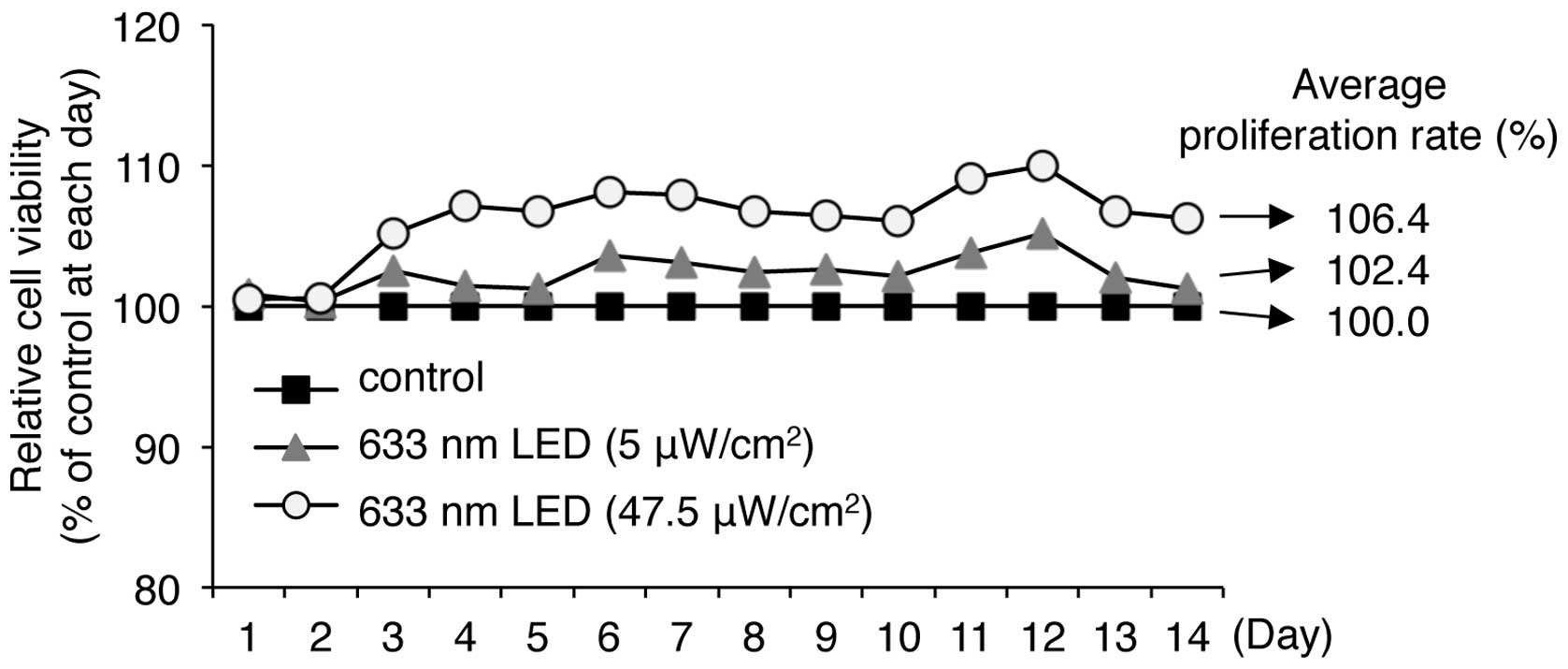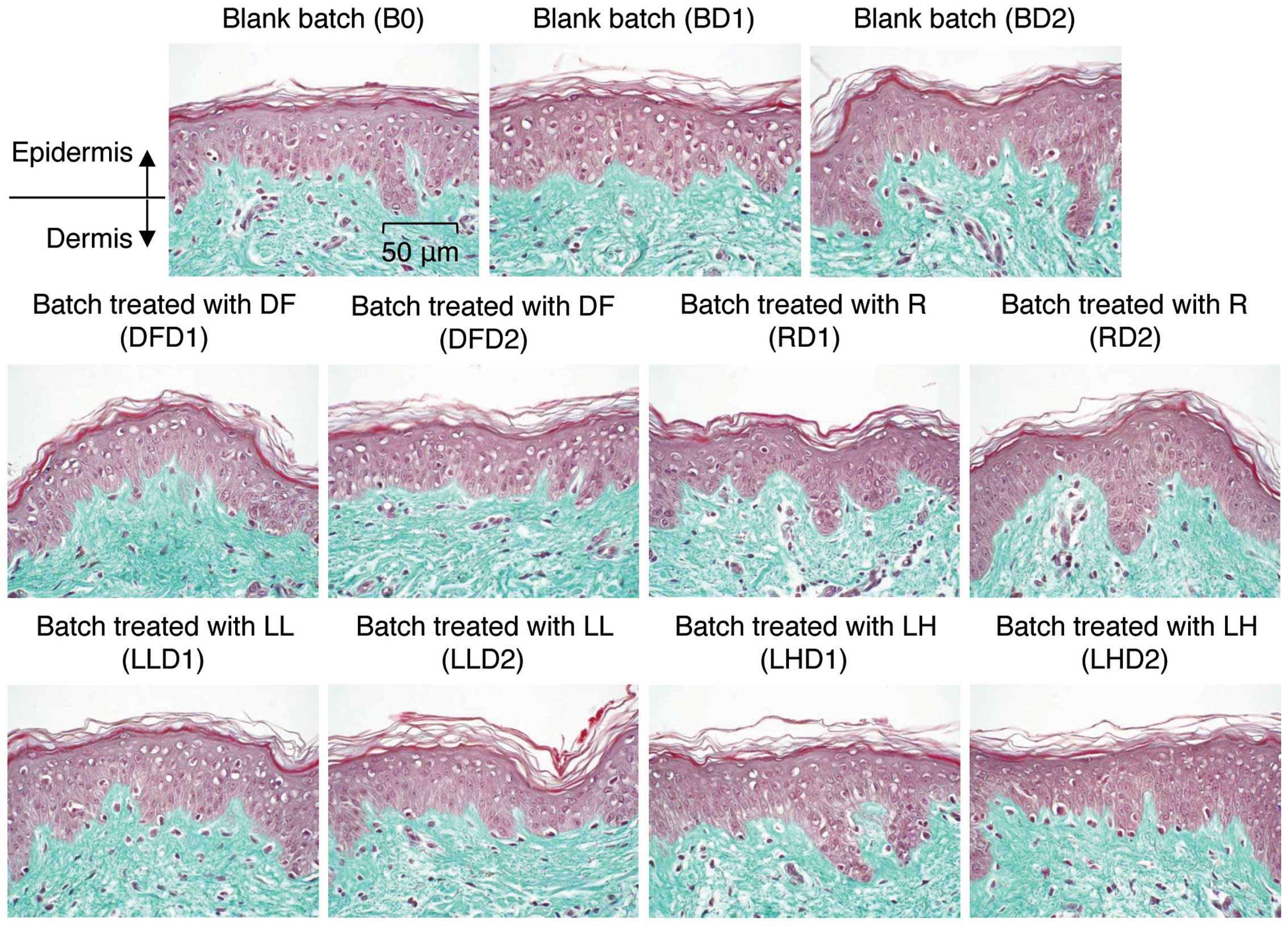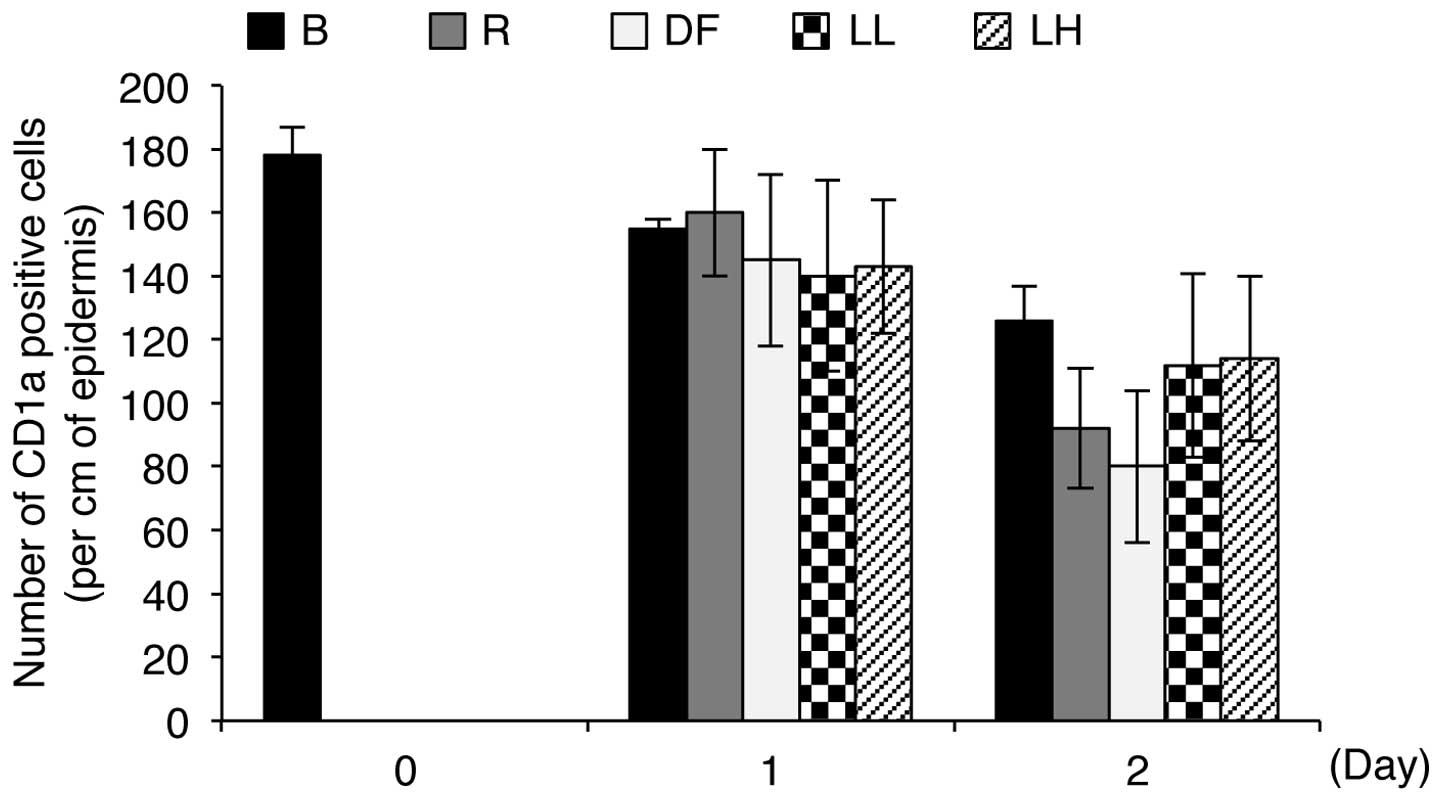|
1
|
Farage MA, Miller KW, Elsner P and Maibach
HI: Intrinsic and extrinsic factors in skin ageing: a review. Int J
Cosmet Sci. 30:87–95. 2008. View Article : Google Scholar : PubMed/NCBI
|
|
2
|
Friedman O: Changes associated with the
aging face. Facial Plast Surg Clin North Am. 13:371–380. 2005.
View Article : Google Scholar : PubMed/NCBI
|
|
3
|
Bergfeld WF: The aging skin. Int J Fertil
Womens Med. 42:57–66. 1997.PubMed/NCBI
|
|
4
|
Sjerobabski-Masnec I and Situm M: Skin
aging. Acta Clin Croat. 49:515–518. 2010.
|
|
5
|
Gelse K, Poschl E and Aigner T: Collagens
- structure, function, and biosynthesis. Adv Drug Deliv Rev.
55:1531–1546. 2003. View Article : Google Scholar : PubMed/NCBI
|
|
6
|
Yin L, Morita A and Tsuji T: Skin aging
induced by ultraviolet exposure and tobacco smoking: evidence from
epidemiological and molecular studies. Photodermatol Photoimmunol
Photomed. 17:178–183. 2001. View Article : Google Scholar : PubMed/NCBI
|
|
7
|
Lee JH, Chung JH and Cho KH: The effects
of epigallocatechin-3-gallate on extracellular matrix metabolism. J
Dermatol Sci. 40:195–204. 2005. View Article : Google Scholar : PubMed/NCBI
|
|
8
|
Wang CC, Hui CY, Sue YM, Wong WR and Hong
HS: Intense pulsed light for the treatment of refractory melasma in
Asian persons. Dermatol Surg. 30:1196–1200. 2004.PubMed/NCBI
|
|
9
|
Taylor M, Porter R and Gonzalez M: Intense
pulsed light may improve inflammatory acne through TNF-alpha
down-regulation. J Cosmet Laser Ther. 16:96–103. 2014. View Article : Google Scholar
|
|
10
|
Barolet D, Roberge CJ, Auger FA, Boucher A
and Germain L: Regulation of skin collagen metabolism in vitro
using a pulsed 660 nm LED light source: clinical correlation with a
single-blinded study. J Invest Dermatol. 129:2751–2759. 2009.
View Article : Google Scholar : PubMed/NCBI
|
|
11
|
Lee SY, Park KH, Choi JW, et al: A
prospective, randomized, placebo-controlled, double-blinded, and
split-face clinical study on LED phototherapy for skin
rejuvenation: clinical, profilometric, histologic, ultrastructural,
and biochemical evaluations and comparison of three different
treatment settings. J Photochem Photobiol B. 88:51–67. 2007.
View Article : Google Scholar : PubMed/NCBI
|
|
12
|
Weiss RA, McDaniel DH, Geronemus RG and
Weiss MA: Clinical trial of a novel non-thermal LED array for
reversal of photoaging: clinical, histologic, and surface
profilometric results. Lasers Surg Med. 36:85–91. 2005. View Article : Google Scholar : PubMed/NCBI
|
|
13
|
Russell BA, Kellett N and Reilly LR: A
study to determine the efficacy of combination LED light therapy
(633 nm and 830 nm) in facial skin rejuvenation. J Cosmet Laser
Ther. 7:196–200. 2005. View Article : Google Scholar
|
|
14
|
Tian YS, Kim NH and Lee AY: Antiphotoaging
effects of light-emitting diode irradiation on narrow-band
ultraviolet B-exposed cultured human skin cells. Dermatol Surg.
38:1695–1703. 2012. View Article : Google Scholar : PubMed/NCBI
|
|
15
|
Goldberg DJ, Amin S, Russell BA, Phelps R,
Kellett N and Reilly LA: Combined 633-nm and 830-nm led treatment
of photoaging skin. J Drugs Dermatol. 5:748–753. 2006.PubMed/NCBI
|
|
16
|
Ouwehand K, Scheper RJ, de Gruijl TD and
Gibbs S: Epidermis-to-dermis migration of immature Langerhans cells
upon topical irritant exposure is dependent on CCL2 and CCL5. Eur J
Immunol. 40:2026–2034. 2010. View Article : Google Scholar : PubMed/NCBI
|
|
17
|
Grant ME and Ayad S: The collagens of
skin: structure and assembly. Biochem Soc Trans. 16:663–666.
1988.PubMed/NCBI
|
|
18
|
Cutroneo KR: How is type I procollagen
synthesis regulated at the gene level during tissue fibrosis. J
Cell Biochem. 90:1–5. 2003. View Article : Google Scholar : PubMed/NCBI
|
|
19
|
Lamande SR and Bateman JF: Procollagen
folding and assembly: the role of endoplasmic reticulum enzymes and
molecular chaperones. Semin Cell Dev Biol. 10:455–464. 1999.
View Article : Google Scholar : PubMed/NCBI
|
|
20
|
Ishida Y and Nagata K: Hsp47 as a
collagen-specific molecular chaperone. Methods Enzymol.
499:167–182. 2011. View Article : Google Scholar : PubMed/NCBI
|
|
21
|
Nizard C, Noblesse E, Boisde C, et al:
Heat shock protein 47 expression in aged normal human fibroblasts:
modulation by Salix alba extract. Ann NY Acad Sci. 1019:223–227.
2004. View Article : Google Scholar : PubMed/NCBI
|
|
22
|
Khorramizadeh MR, Tredget EE, Telasky C,
Shen Q and Ghahary A: Aging differentially modulates the expression
of collagen and collagenase in dermal fibroblasts. Mol Cell
Biochem. 194:99–108. 1999. View Article : Google Scholar : PubMed/NCBI
|
|
23
|
Millis AJ, Hoyle M, McCue HM and Martini
H: Differential expression of metalloproteinase and tissue
inhibitor of metalloproteinase genes in aged human fibroblasts. Exp
Cell Res. 201:373–379. 1992. View Article : Google Scholar : PubMed/NCBI
|
|
24
|
Quan T, Qin Z, Xia W, Shao Y, Voorhees JJ
and Fisher GJ: Matrix-degrading metalloproteinases in photoaging. J
Investig Dermatol Symp Proc. 14:20–24. 2009. View Article : Google Scholar : PubMed/NCBI
|
|
25
|
Philips N, Auler S, Hugo R and Gonzalez S:
Beneficial regulation of matrix metalloproteinases for skin health.
Enzyme Res. 2011:4272852011. View Article : Google Scholar : PubMed/NCBI
|
|
26
|
Philips N, Tuason M, Chang T, Lin Y, Tahir
M and Rodriguez SG: Differential effects of ceramide on cell
viability and extracellular matrix remodeling in keratinocytes and
fibroblasts. Skin Pharmacol Physiol. 22:151–157. 2009. View Article : Google Scholar : PubMed/NCBI
|
|
27
|
Buisson-Legendre N, Emonard H, Bernard P
and Hornebeck W: Relationship between cell-associated matrix
metalloproteinase 9 and psoriatic keratinocyte growth. J Invest
Dermatol. 115:213–218. 2000. View Article : Google Scholar : PubMed/NCBI
|
|
28
|
Seo HJ, Park KK, Han SS, et al: Inhibitory
effects of the standardized extract (DA-9601) of Artemisia asiatica
Nakai on phorbol ester-induced ornithine decarboxylase activity,
papilloma formation, cyclooxygenase-2 expression, inducible nitric
oxide synthase expression and nuclear transcription factor kappa B
activation in mouse skin. Int J Cancer. 100:456–462. 2002.
View Article : Google Scholar : PubMed/NCBI
|
|
29
|
Dubois RN, Abramson SB, Crofford L, et al:
Cyclooxygenase in biology and disease. FASEB J. 12:1063–1073.
1998.PubMed/NCBI
|
|
30
|
Wilmer JL, Burleson FG, Kayama F, Kanno J
and Luster MI: Cytokine induction in human epidermal keratinocytes
exposed to contact irritants and its relation to chemical-induced
inflammation in mouse skin. J Invest Dermatol. 102:915–922. 1994.
View Article : Google Scholar : PubMed/NCBI
|
|
31
|
Galley HF and Webster NR: The
immuno-inflammatory cascade. Br J Anaesth. 77:11–16. 1996.
View Article : Google Scholar : PubMed/NCBI
|
|
32
|
Williams IR and Kupper TS: Immunity at the
surface: homeostatic mechanisms of the skin immune system. Life
Sci. 58:1485–1507. 1996. View Article : Google Scholar : PubMed/NCBI
|
|
33
|
Kock A, Schwarz T, Kirnbauer R, et al:
Human keratinocytes are a source for tumor necrosis factor alpha:
evidence for synthesis and release upon stimulation with endotoxin
or ultraviolet light. J Exp Med. 172:1609–1614. 1990. View Article : Google Scholar : PubMed/NCBI
|
|
34
|
Newby CS, Barr RM, Greaves MW and Mallet
AI: Cytokine release and cytotoxicity in human keratinocytes and
fibroblasts induced by phenols and sodium dodecyl sulfate. J Invest
Dermatol. 115:292–298. 2000. View Article : Google Scholar : PubMed/NCBI
|



